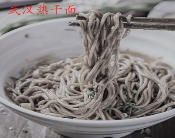0 135773 135781 135787 135791 135797 135799 135803 135809 135811 135817 135823 135827 135829 135833 135839 135841 135847 135851 135853 135857 135859 135863 135865 135867 135868 135869 135871 135872 135873 135875 135877 135881 135883 135887 135889 135893 135899 135901 135907 135911 135913 135917 135923 135929 135931 135937 135941 135943 135949 135953 135959 135967 159627

